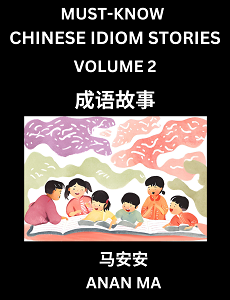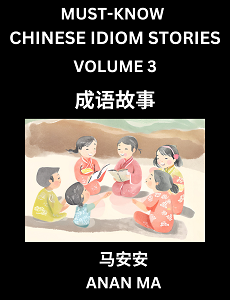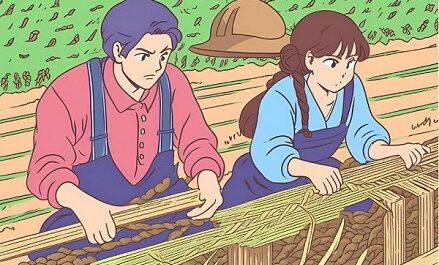Learn Chinese Idiom Name, Pinyin, English

- Idiom in Chinese-男婚女嫁。
- Pinyin of Idiom– nán hūn nǚ jià.
- Idiom’s Meaning in English– This Chinese idiom refers to the traditional practice of men and women getting married and forming families. It encapsulates the social norm of male-female partnerships that lead to the establishment of marital unions and the continuation of the family lineage.

Chinese Idiom Stories Books (HSK All Levels):
- Books to Learn Chinese Idiom Stories (Part 1)
- Books to Learn Chinese Idiom Stories (Part 2)
- Books to Learn Chinese Idiom Stories (Part 3)
Learn Chinese Idiom Story in English (成语故事的英文)

In ancient China, there was a young man named Li Ming who was diligent and kind-hearted, deeply loved by the villagers. There was also a beautiful and virtuous girl named Wang Fang in the village. They grew up together as childhood sweethearts, and their affection for each other grew deeper as they aged. Eventually, their parents decided to arrange a wedding for them, letting Li Ming and Wang Fang tie the knot. On the day of the wedding, the entire village came to congratulate them, and people of all ages rejoiced in the joy. The union of Li Ming and Wang Fang symbolized the inheritance and promotion of the traditional virtue of male-female marriage.
Learn Idiom Story in Chinese (成语故事)

在中国古代,有个叫做李明的年轻人,他勤劳善良,深受村民们的喜爱。村里有个美丽贤淑的姑娘叫王芳,两人青梅竹马,一同长大。随着年龄的增长,他们的感情也日益深厚。终于有一天,双方家长决定为他们举行婚礼,让李明和王芳结为夫妻。婚礼当天,全村的人都来祝贺,男女老少都沉浸在欢乐之中。李明和王芳的结合,象征着男婚女嫁的传统美德得到了传承和发扬。
Learn Keywords with English, Simplified Chinese Characters, and Pinyin (关键词)

- 在中国古代(zài zhōng guó gǔ dài): in ancient China
- 李明(lǐ míng): Li Ming
- 王芳(wáng fāng): Wang Fang
- 青梅竹马(qīng méi zhú mǎ): childhood sweethearts
- 婚礼(hūn lǐ): wedding
- 男女老少(nán nǚ lǎo shào): men, women, old and young
- 男婚女嫁(nán hūn nǚ jià): marriage between men and women
Pinyin of Idiom Story (故事的拼音)

Zài zhōngguó gǔdài, yǒu gè jiàozuò lǐ míng de niánqīng rén, tā qínláo shànliáng, shēn shòu cūnmínmen de xǐ’ài. Cūn li yǒu gè měilì xiánshū de gūniáng jiào wáng fāng, liǎng rén qīngméizhúmǎ, yītóng zhǎng dà. Suízhe niánlíng de zēngzhǎng, tāmen de gǎnqíng yě rìyì shēnhòu. Zhōngyú yǒu yītiān, shuāngfāng jiāzhǎng juédìng wèi tāmen jǔxíng hūnlǐ, ràng lǐ mínghé wáng fāng jié wéi fūqī. Hūnlǐ dàngtiān, quán cūn de rén dōu lái zhùhè, nánnǚ lǎoshào dōu chénjìn zài huānlè zhī zhōng. Lǐ mínghé wáng fāng de jiéhé, xiàngzhēngzhe nán hūn nǚ jià de chuántǒng měidé dédàole chuánchéng hé fāyáng.




